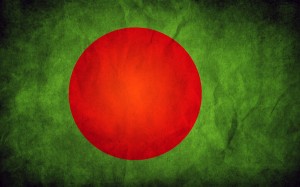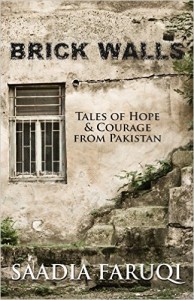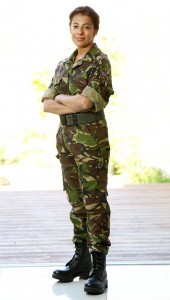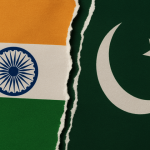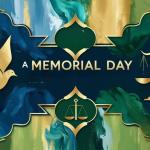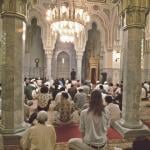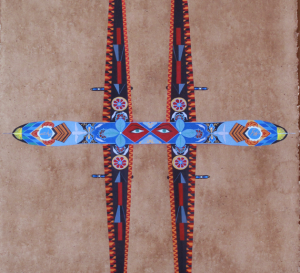
Mahwish Chishty is one painter who has joined the drone-as-art subculture. Trained in painting miniatures in the National College of Arts, Lahore, Pakistan, Chishty has emerged as a notable conceptual artist. Her work was featured in “Perspective: Women, Art and Islam” at the Museum of Contemporary African Diasporan Arts, Brooklyn, New York in 2009.
In 2011, Chishty returned from the United States to Lahore to meet friends and family who talked non-stop about the drone war raging along the Afghan-Pakistan border. For about ten years, military drones powered by the United States have maintained a presence in the region in order to target “terrorists.” Drone strikes have killed more than 2000 people in Pakistan, a significant number of them civilians. Curiosity about all the propaganda behind the drone war inspired Chishty to re-imagine drones by painting them in the tradition of Pakistan’s truck art. Painting trucks is a local art form created by truck drivers who paint their vehicles in bright colours and floral patterns, often showing artistic depiction of heroes and sometimes with calligraphy in order to beautify them. Chishty juxtaposes silhouettes of drones with truck art imagery, taking the shapes of different kinds of drones and covering them in decoration, like the drivers who decorate their trucks.
Interestingly a couple of reviews have described Chishty’s drone art as “deeply funny” or “hilarious”. I personally lean towards seeing them as haunting yet beautiful, considering the reasons truck art itself came about. Chishty explains in an interview with Mother Jones that:
“People who drive these trucks basically live on those trucks, sleep on those trucks. They kind of make that into their mobile home and they decorate it into something that’s eye pleasing. They’re extremely beautiful paintings. They spend so much time on it and they don’t get any funding. This is something that they do, just a personal interest. It has no reason whatsoever other than just an aesthetic sense.”
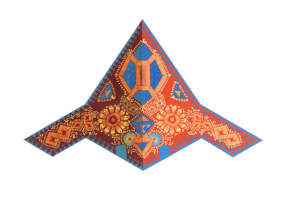
Like those artists who use their art to challenge the public imagination of drones, Chishty appropriates them into Pakistani culture. She makes drones brighter and friendlier-looking, all with the objective of opening dialogue and getting people to talk about them, while at the same time “shedding light on the complexity of acculturation, politics and power,” and combining the politics and cultures that have shaped her experience. Coming from a country that has known the destruction military drones can cause, Chishty’s paintings are even more subversive and necessary.




